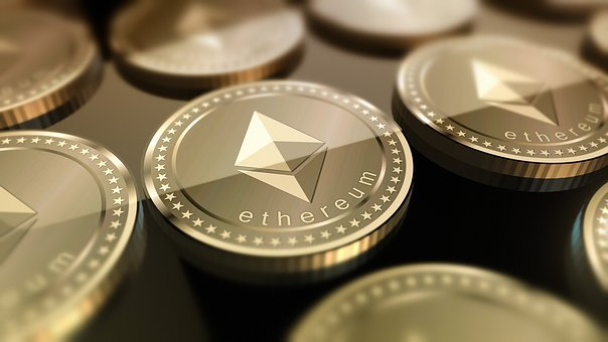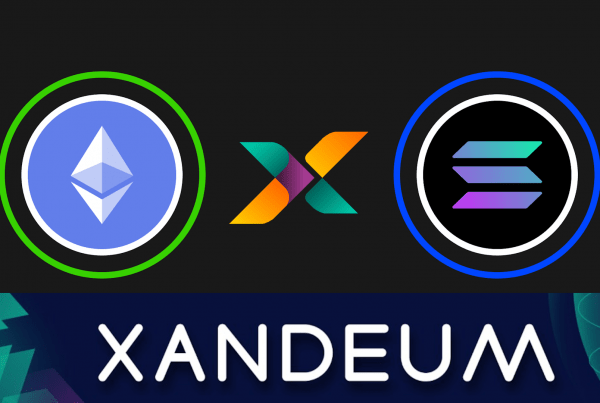
Bitcoin was the first cryptocurrency to ever be released, and its Proof-of-Work consensus mechanism was initially accessible to everyday users – almost anyone with a computer could participate in mining. However, Bitcoin then exploded in terms of both popularity and value, and it’s no longer viable to mine BTC without specialized hardware (ASICs). The limits of Proof-of-Work have also become apparent due to increased demand for transactions, which can lead to high transaction fees.
Ethereum developers have decided to abandon Proof-of-Work altogether, and the project is currently in the process of transitioning to Proof-of-Stake. ETH holders are already able to stake their coins on the Beacon Chain, and the staking contract has now received more than 5 million Ethereum, according to The Block’s Data Dashboard. The total worth of the deposited Ethereum is now about $14.3 billion.
ETH holders who want to participate in staking can do so provided they have at least 32 ETH to stake. However, exchanges and other service providers can pool smaller amounts of ETH, opening up staking to users who don’t have enough ETH to run a validator themselves. However, individuals who choose to run validators run the risk of losing their staked digital assets if they end up acting maliciously.
Individual stakers set to earn up to 23% in rewards
The Beacon Chain now has over 150,000 validators that process the blocks on the new Proof-of-Stake network instead of miners. The validators have been said to have about 99% success in terms of blocks, with them only missing just 1% of the blocks. With staking still ongoing, members who wish to send their Ethereum for staking can choose to do so through deposit contract. At current rates, individuals staking Etheruem would see massive rewards up to 23%. However, the catch is that individuals who choose to withdraw will have to withdraw both their rewards and deposits at the same time. They will be able to do so when Phase 1.5 of the ongoing upgrade is launched, which is expected to happen next year.



